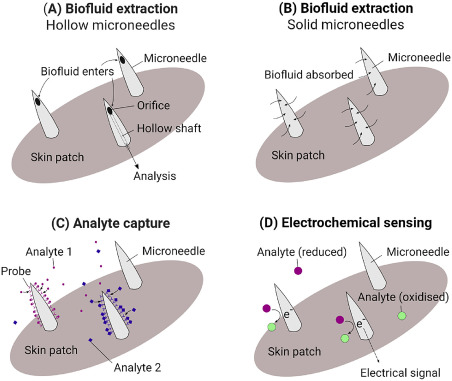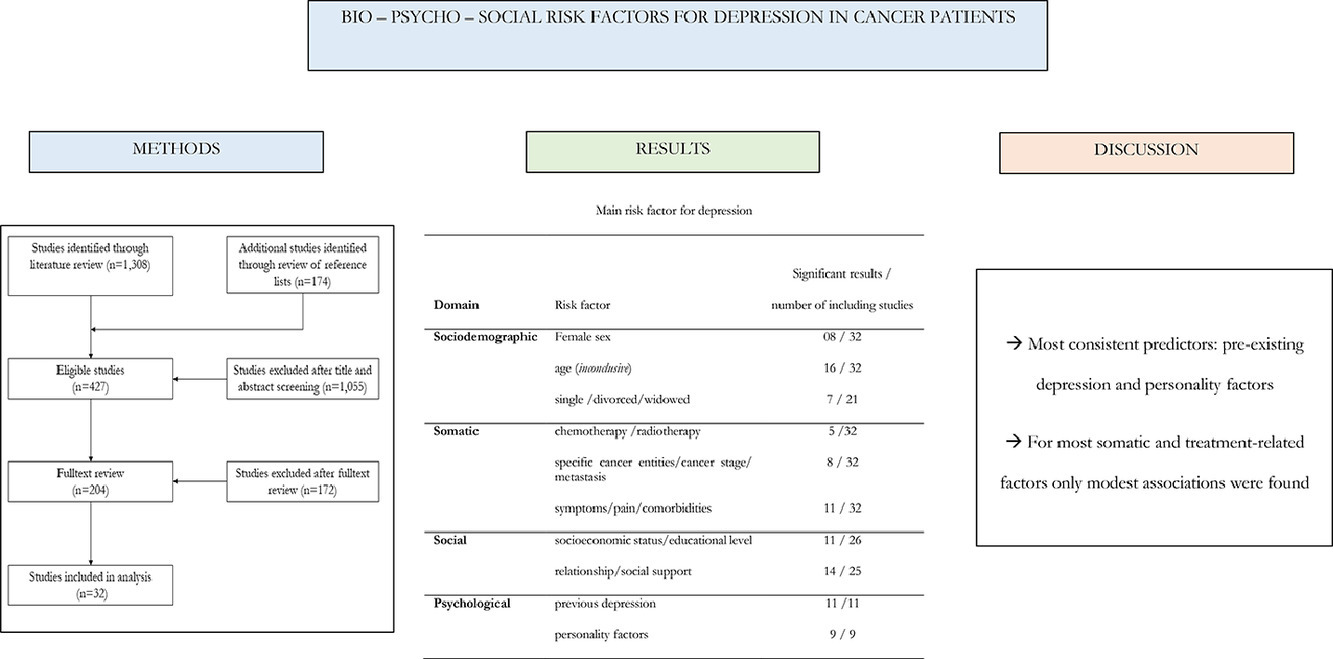Cathy Laporte, portfolio director for the in-cosmetics Group, part of RX, discusses the growing momentum towards a more conscious beauty industry, and in-cosmetics’ role in driving sustainable innovation and growth.
A Review in support of SDGs 3 and 12, focusing on the decrease in traditional food availability and the increase in food import dependence in small islands, discussing the resulting reduction in diet quality and food security and the increase in type 2 diabetes risk.
This paper presents a literature review, describing the main research fields in agricultural land systems and their linkage with SDG 2, 3, and 15, namely the discrepancy in the percentage of publications by research field emphasizes the need for future studies to fulfil this gap because each domain has a vital role in providing knowledge to food security and the SDGs
Elsevier,
Artificial Intelligence and Data Science in Environmental Sensing: Cognitive Data Science in Sustainable Computing, 2022, pp 93-108
This chapter advances the UN SDG goals 9, 12, and 13 by discussing the potential of AI to overcome socioenvironmental challenges such as unsustainable resource consumption and poor management of natural disaster responses.
The sampling of interstitial fluid for real-time assay requires techniques that are sensitive, rapid, painless, minimally invasive and easy to use by patients. Microneedles can be incorporated into biosensors with subsequent use of these platforms for continuous monitoring or bio-chemical detection of analytes in the dermal interstitial fluid. Supports the goal of SDG 3.8 to achieve universal health coverage, including financial risk protection, access to quality essential health-care services and access to safe, effective, quality and affordable essential medicines and vaccines for all.
Race and kidney function.
This Review supports SDG 3 and 10 by highlighting how genomics research intersects with existing racial and ethnic inequalities and forms of exclusion; there is no universally accepted, consistently applied method for categorising genomic data, which the authors argue is problematic, both from a clinical and scientific perspective, but more fundamentally in terms of the ability of genomics research to achieve the core ethical values of equity and justice.
This article explores whether aromatherapy plus music therapy improves pain intensity and anxiety scores in patients with breast cancer during perioperative periods.
This study explores the imposter phenomenon in radiology and the associated negative mental health outcomes such as stress and depression.
This article reviews the factors associated with and risk factors for depression in cancer patients.



